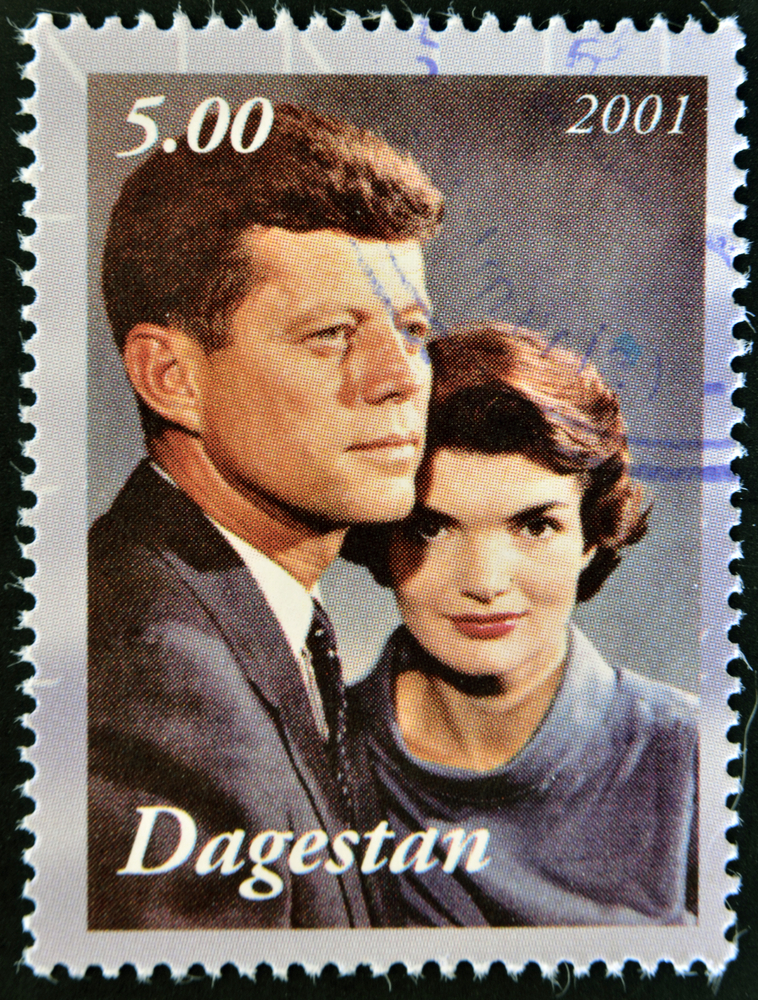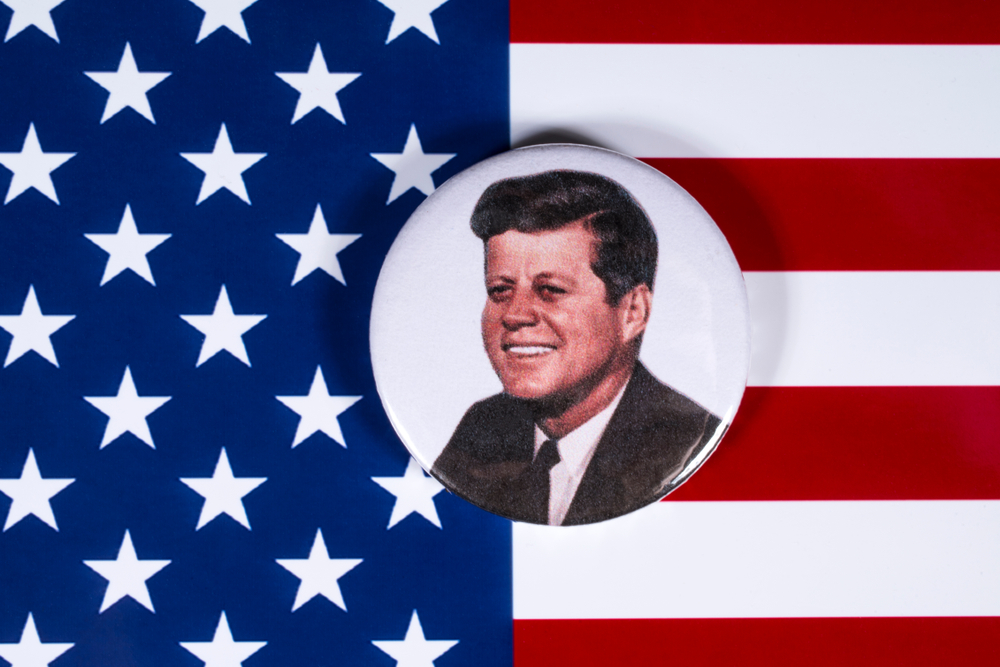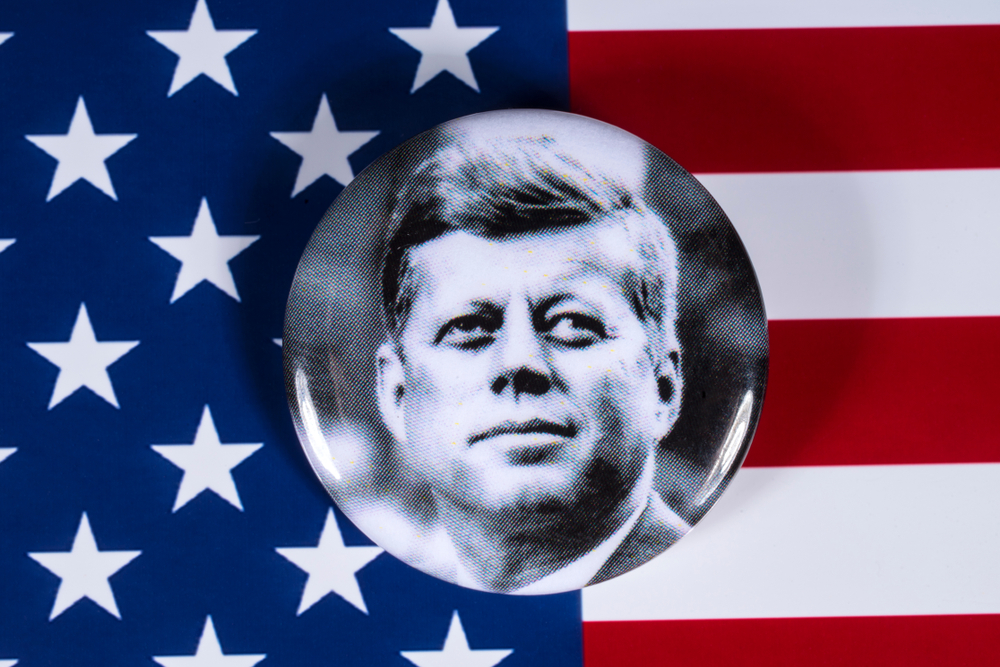John F. Kennedy was only 43 years old when he was elected as the president of the United States, back in 1960. He was the youngest person ever elected to the Oval Office.
Outwardly, he represented the idea of a youthful man, full of vitality and health, but the American public didn’t know that beneath the young president’s robust image, he really was someone who struggled with many health issues.
Despite JFK’s slim and athletic-looking physique and skillful ability for golf and sailing, he, unfortunately, contended with various spinal issues and osteoporosis that ultimately left him in chronic pain.
He was also afflicted with Addison’s disease, a serious condition in which damaged adrenal glands don’t really produce enough hormones, causing serious fatigue, digestive difficulties, and low blood pressure. He also experienced severe allergies and urinary tract infections.
As historian Robert Dallek proved when studying his medical records many years later, Kennedy took 12 different medications at once.
He needed Demerol and methadone for pain, barbiturates to help him sleep, amphetamines, thyroid hormone, and an anti-anxiety medication.
Moreover, he regularly had injections of gamma globulins to fight infections, among other prescriptions.

JFK projected an image of robust health
However, hardly anyone found out, since Kennedy kept the extent of his health issues a well-guarded secret. Instead, he worked to craft an image of good health, encouraging Americans to prioritize their health, as well.
He even wrote an article for Sports Illustrated, warning that Americans were way too soft, creating the President’s Council on Physical Fitness to encourage both children and adults to exercise as much as they can.
He was always very careful to get a suntan, either with a sunlamp or sunshine, as Historian Barbara A. Perry, director of Presidential Studies at the University of Virginia’s Miller Center, and an author of numerous books, including a biography of JFK’s mother Rose Kennedy, recalled.
One of the main reasons why Kennedy was capable of concealing his health problems was that he didn’t really let them keep him from doing his job.
“Even if Kennedy took a fair amount of drugs, it is still unclear if that negatively impacted his performance in office, even during the Cuban Missile Crisis” as John R. Vile, a political science professor and dean of the University Honors College at Middle Tennessee State University, explained.
Serious bout of Scarlet Fever during childhood
Kennedy’s health issues began early in life. A couple of months before his third birthday, he developed a very serious case of scarlet fever, an infectious bacterial disease that only in a few days before antibiotics became life-threatening.
He spent a month in the hospital with his father, Joseph Kennedy Sr., guarding him by his side. “Joe senior prayed that if God would save his little son, he would make donations around the town, and he did,” as Perry recalled.
Even if he survived, JFK’s health degraded. The future president was plagued throughout childhood and adolescence by nausea, joint pain, headaches, diarrhea, and many other things. He was also hospitalized many times.
At one point, his family sent him to the Mayo Clinic in Minnesota, where he was quickly diagnosed with colitis, an inflammation of the colon.
In reality, Kennedy might have suffered from a malfunctioning immune system that was severely attacking his own body, and it eventually led to his developing Addison’s disease.
“The family joke was that if a mosquito bit Jack Kennedy, the mosquito would die since apparently there was something in poor Jack Kennedy’s bloodstream.”
Right after graduating from prep school, he was forced to drop out of both the London School of Economics and Princeton University because of illness before recovering enough to enroll at Harvard.
Well, remarkably enough, despite frequent bouts of ill health that ultimately landed him in the infirmary, he played on the freshman football team and then competed for two seasons on the varsity swimming squad.

Service in WWII worsens his back issues
Kennedy already had his fair share of issues with his spine when he decided to enlist in the United States Navy.
There, he got in despite failing the physical exam, and that’s all because of his father’s political connections, according to a 2017 article in the journal JNS Spine.
In 1943, the patrol boat that JFK commanded in the South Pacific was struck by a Japanese destroyer in August 1943. Kennedy survived the disaster, leading most of his crew to eventual safety, a record of heroism that later improved his political career.
However, his back worsened as a result. The following year, he had back surgery for the first time. After the war, Kennedy’s ill health continued.
During his successful run for a Massachusetts seat in the United States House, his back pains worsened so badly, that he started wearing a brace. Then, he followed a regimen of daily hot baths and massage to efficiently deal with the pain.
As soon as he got elected, Kennedy had a valet who helped him up the stairs in his Georgetown home. The servant “would help him get his shoes on and tie them, since he couldn’t bend over.”
Right after the Congressman collapsed while paying a visit to England in 1947, a doctor there diagnosed Addison’s disease and told one of JFK’s friends that he might be dead in less than a year.
Kennedy passed off his disease as a recurrence of his wartime malaria, but when he got to Boston, an endocrinologist started treating him for Addison’s.
How did he do so? According to Mandel’s article, he implanted pellets of synthetic adrenal hormones under his skin.
By 1950, when cortisone was once again available in oral form, he also started taking 25 milligrams each day.
Multiple back surgeries
Well, by the time Kennedy ran for the United States Senate in 1952, he had plenty of trouble with his back.
So much so, that it is believed that when he attended afternoon teas in various Massachusetts towns to connect with women voters, he would be standing on crutches, being incapable of standing up without leaning on them.
His pain and difficult mobility became so severe, he had to endure three more back surgeries during the 1950s.
After only one operation, he developed an infection that almost killed him. Naturally, all of this was rapidly followed by depression, but he never gave up.
During his long recovery, he wrote the nonfiction bestseller “Profiles in Courage.”
Swimming helped JFK manage his back pain
After picking himself up from the disastrous experience, he started exercising diligently to manage his back pain. He tried to keep a routine, where he swam every day in the White House pool before lunch, returning for a second swim in the evening.
Moreover, he had a specific regimen of exercises for his legs and back, designed for him by the one and only Dr. Hans Kraus.
By the October 1962 Cuban Missile Crisis, Kennedy was capable of powering through his daily discomfort and the effects of the drug regimen.
He also successfully resolved a crisis that could have easily led to war. One of the main factors that made Kennedy look healthy was his youthful appearance and his witty dialogue with reporters at press conferences.
If you found this article useful, we also recommend checking 4 Things You Didn’t Know About Presidential Salaries


